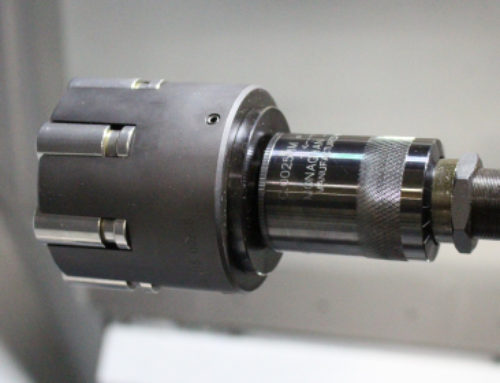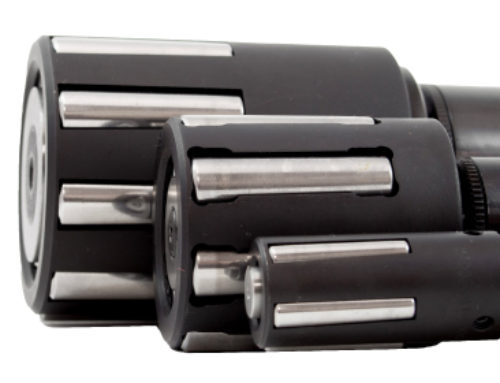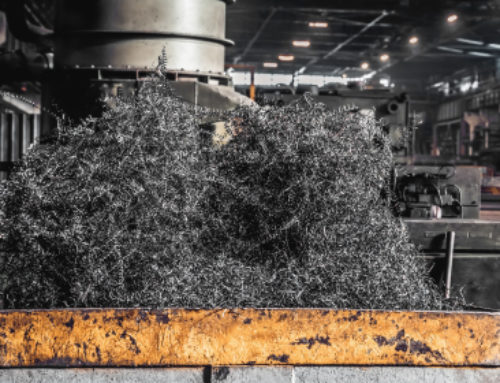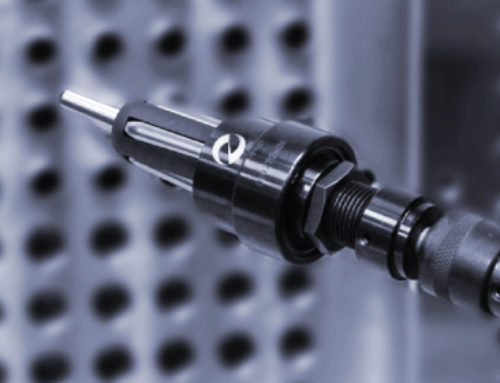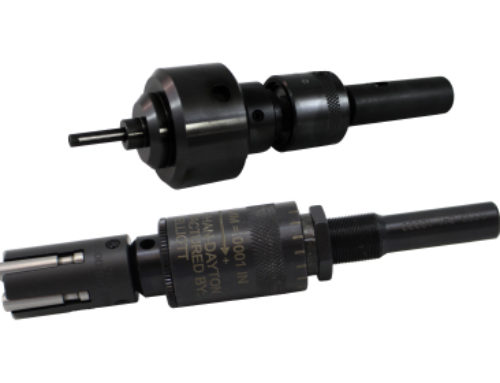Carbide Roll vs. Diamond Stem
The Burnishing Battle
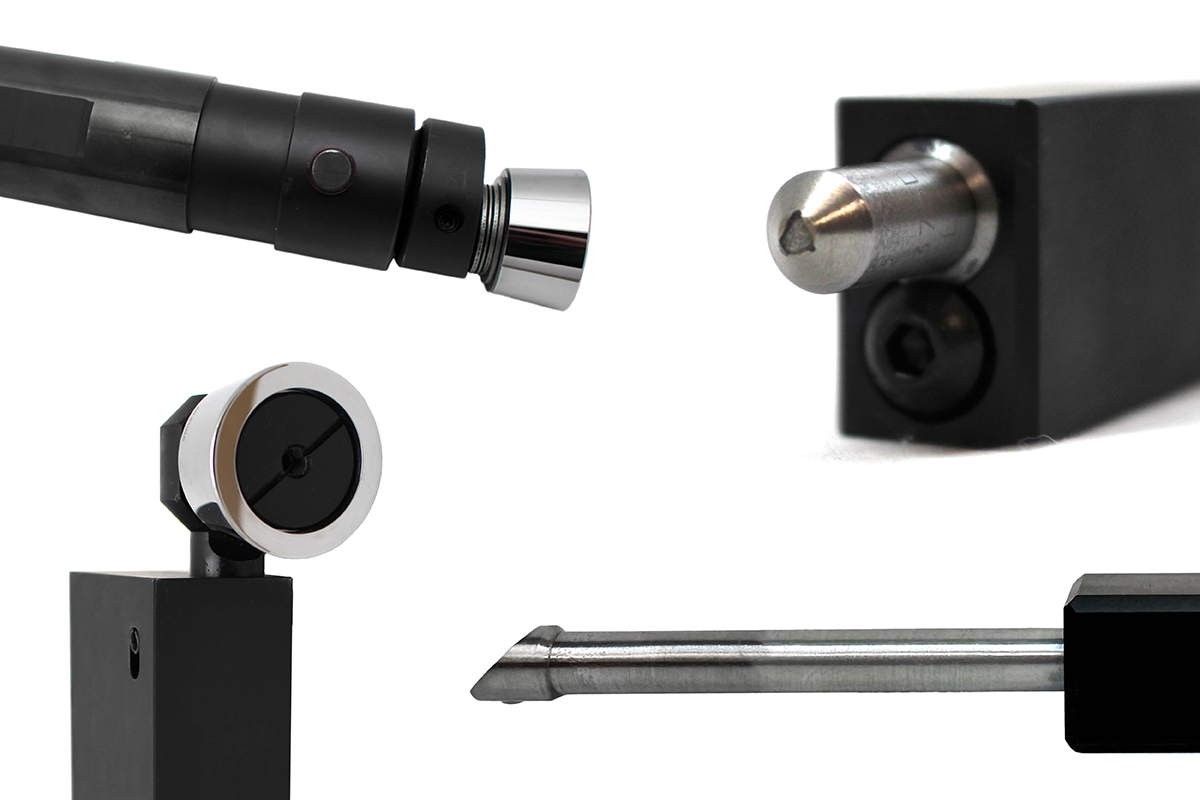
Burnishing is a fast and easy method to improve the surface finish of a part. When it comes to finishing the face or exterior of a part, there are two primary options, carbide roll burnishing and diamond burnishing. While both options will produce a similar end finish, they may not work in all applications. Understanding the benefits and limitations of each method will ensure that you select the right tool for the job.
There are 3 main factors that will influence how a burnishing tool is selected: Material hardness, volume, and the part profile.
1. Material Hardness
Material hardness is one of the most important considerations for burnishing applications, as it helps determine what tool is necessary and the end finish that can be achieved. For harder materials, 45 HRC and above, a diamond burnishing tool will perform the best.
In contrast, a diamond burnishing tool does not handle softer materials like Aluminum, Copper, or Brass very well. Since the material is softer, the diamond tip can deform the material too much and cause build-up on the tip, creating imperfections or dig marks on the surface. In these cases, a carbide roll burnishing tool would be the best option, since it can produce smooth finishes on soft materials.
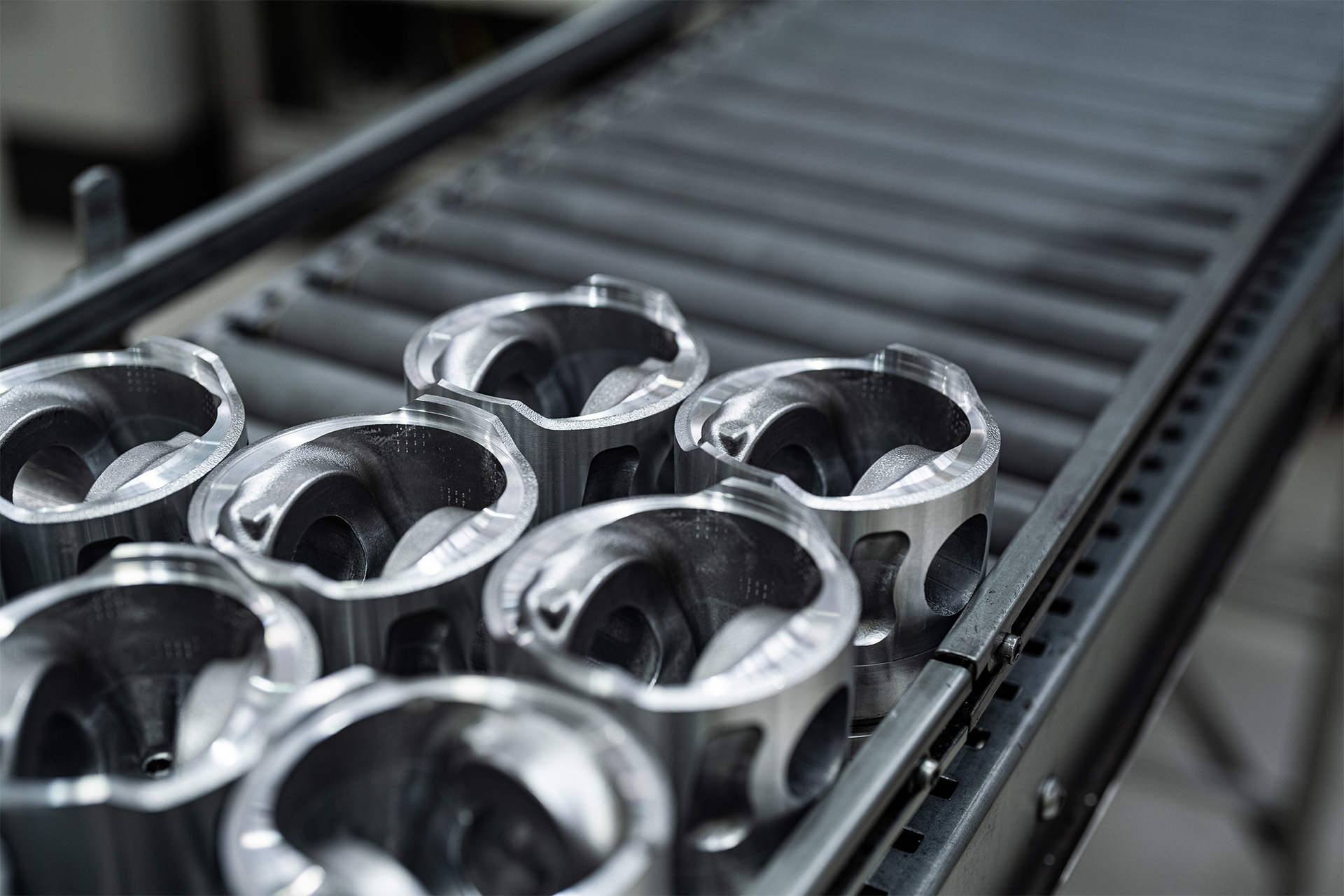
2. Volume
While the volume of production won’t have a direct impact on the surface finish achieved, it will impact the number of spare parts required for the job. For high volume production, 3,000 parts or more, a carbide roll tool is recommended. This is because the tool is extremely durable and more versatile than a diamond tool. The carbide roll itself has a much longer life and less inconsistencies than the diamond stems, which will result in less downtime due to roll changes. Additionally, the carbide roll tool can work on a wider variety of parts, so it can be easily moved to another production line if the job changes.
3. Part Profile
The last factor impacting tool selection is the profile of the part itself. Due to the design of the diamond tool, it has to remain perpendicular to the part being burnished. This means that it will only work on straight, linear surfaces. In contrast, a carbide roll tool can burnish curved and concaved surfaces, allowing for more flexibility in the parts it’s used on.
Overall, both diamond and carbide roll burnishing tools are great options for creating smooth finishes on the exterior of a part. However, when choosing between the two, diamond style tools are the best equipped for harder materials and linear surfaces, while carbide roll tools are great for high volume production and curved surfaces.
For more information on burnishing and tool selection, check out the other articles in this series.

